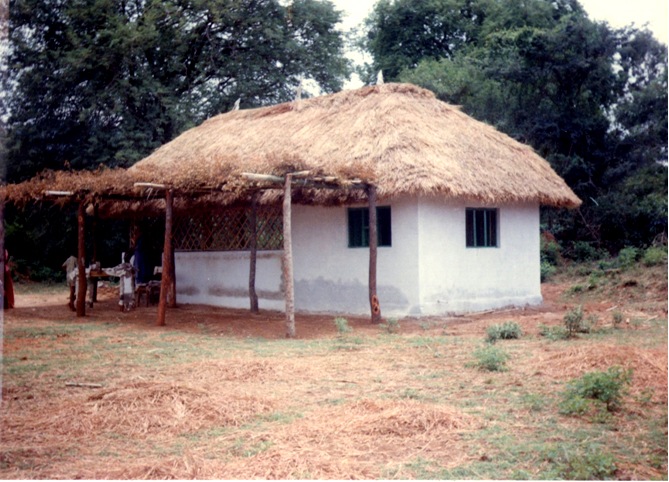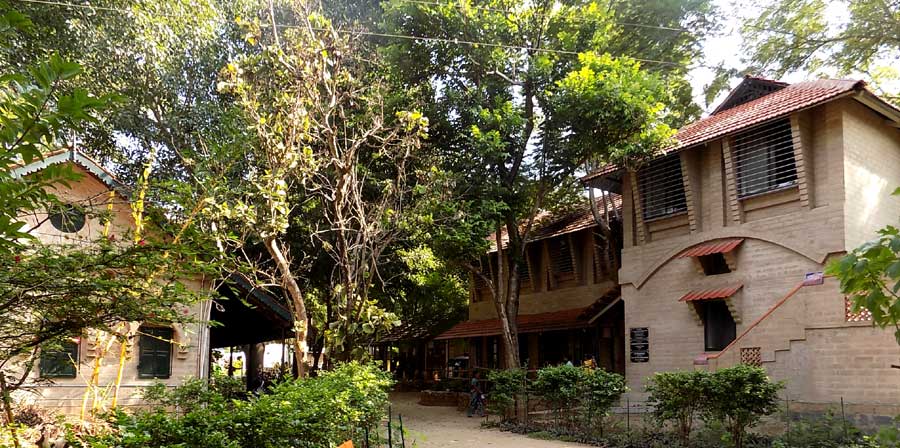The Sittilingi valley and the surrounding Kalvarayan and Sitteri Hills are inhabited primarily by tribal people, “Malavasis” or “Hill People” who eke out a living through sustenance or rain fed agriculture. About fifty thousand people live here.
Less than two decades ago, in 1992, one out of five babies in the Sittilingi valley died before they completed their first year and many mothers died in childbirth. The nearest hospital was 48 kilometres away and to find one with surgical facilities meant a journey of over 100 kilometres. The area was remote and badly served by public transport. Buses at that time would run four times a day but even getting to a bus could involve a walk across fields lasting several hours.

It was here that Regi and Lalitha, two young doctors, established Tribal Health Initiative in 1993. It started with a small Out Patient Unit in a thatched hut. Three years later, mostly due to the support of friends and a few grants, they had built a ten bedded hospital with a rudimentary operation theatre, labour room, neonatal care, emergency room and laboratory.
In 1996, THI started training local tribal girls as Health Workers (our term for nurses). They are now dedicated, competent and mature women who form the backbone of our hospital. They are able to diagnose and treat common problems, assist in the operating theatre, conduct deliveries, care for inpatients and go out to the villages for antenatal and child health checkups.
THI also has a second group of older women called Health Auxiliaries who have been chosen by their respective communities. They live in the villages and come to Sittilingi every month for reporting and training. They offer advice on good nutrition, hygiene, birthing practices and simple ailments. They host the field clinics for pregnant mothers and children. They also ensure that all babies born at home are seen within the first week by our Health Workers. Many of them are now the key stone for community activities like farming and craft and act as facilitators for all community development work.
Today, Tribal Health Initiative runs a full-fledged 35 bed primary care hospital and has extended its services to conduct education programmes and outreach clinics in the 25 villages situated in the area. The impact has been dramatic.
The proportion of pregnant mothers coming for antenatal check-ups has increased from 11 per cent to 90 per cent since the outreach clinics began. Infant Mortality had drope from 147/1000 to 20/1000 by 2008 and no mothers have died in childbirth for more than 10 years now.
After 10 years of work in the Sittilingi valley the project underwent an impact evaluation. A significant outcome was the conclusion that our work, based on our vision of health, should encompass areas such as education, livelihoods and basic community needs. In order to understand unmet needs the team decided to have one to one discussions with the villagers of the 25 villages covered by THI. Out of this process our newer initiatives have emerged such as the Organic Farming Initiative and the Tribal Craft Initiative.
We have demonstrated that in a relationship of trust, ordinary tribal people can come and successfully learn the skills needed to care for their communities.

